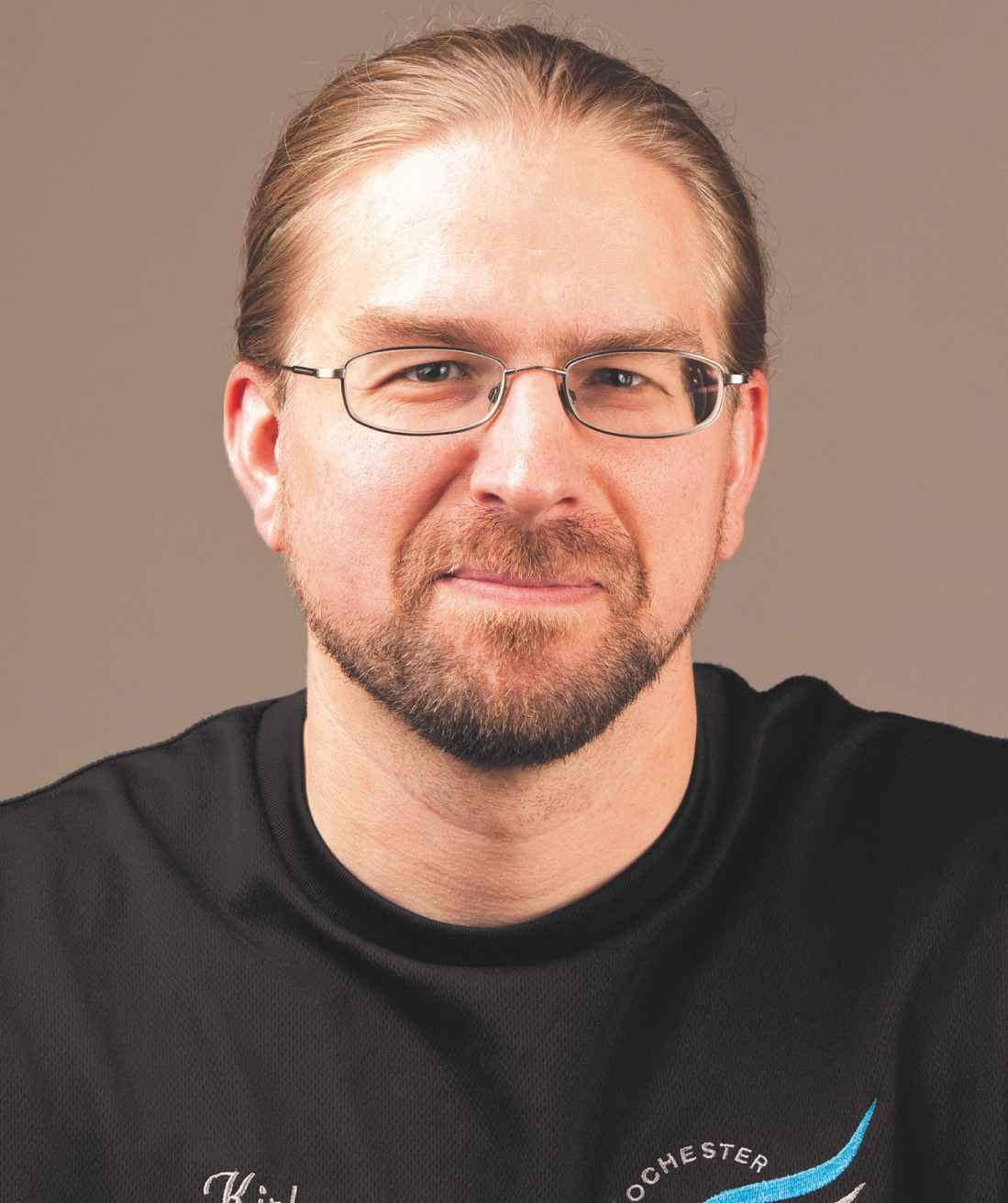Cupping Therapy Basics
Posted by Kirby Strissel on February 25, 2021
Cupping therapy is an old technique that in recent years has seen a resurgence in use. It helps both athletes and the average person recuperate quickly. Nowadays, cupping is used by some massage therapists, acupuncturists and physical therapists as a tool for helping their clients recover.
HISTORY OF CUPPING
Some of the earliest documentation of cupping can be found in Egypt in the Ebers Papyrus from 1550 B.C.E. and in the Mawangdui a medical manuscript from China dating back to 168 B.C.E. There is also documentation of cupping practices in the Middle East. In more recent times, there is still a folk tradition of cupping in China, Vietnam, Cambodia, Greece, Bulgaria and Germany.
The original tool used for cupping was a cattle horn with a hole in it that the practitioner sucked on to create a vacuum. As the practice was refined, bamboo and earthenware cups were used with a flame to create the vacuum. Eventually glass cups and flame became the most common form of cupping.
TYPES OF CUPPING
Today, you will find a variety of methodologies that still include the glass and flame approach. However, many practices do not require a flame. These include plastic cups with a hand pump, silicone cups, squeeze top cups, screw top cups and MediCupping machines.
There are multiple ways of performing cupping and depending on the practitioner’s training or specialty, they may or may not do all types of cupping. Four of the most likely to be seen practices are wet cupping, dry cupping, static cupping and moving cupping. Depending on the aliment being treated and the type of cups used determines which approach the therapist takes.
- Wet cupping involves placing a cup over the area being treated, but also involves the practitioner using a needle to cause the person to bleed and then apply the cup. This practice is more common in the Middle East and depending on the condition being treated in traditional Chinese Medicine.
- Dry cupping is the most common type in the west and involves placing a cup over the area being treated.
- Static cupping is when a cup is left in place for anywhere from a couple seconds to upwards of 15-20 minutes.
- Moving cupping is when the cups are slid over the skin with a lubricant.
CONCERNS AND BENEFITS
People often are unsure about cupping because of the marks that can be caused. These are mostly cosmetic and can include a temporary welt or area of raised skin from the cup that will usually recede in a few minutes to hours. The discoloration or “bruising” is an indication of an area that had more restrictions and stagnation in the tissues. If cups are left on too long small blisters can form, but this can be avoided by the practitioner monitoring the area closely.
There are a variety of benefits that cupping provides. In a fitness center setting, here are the most common ways cupping can be helpful:
- To release tight muscles
- To release fascial and connective tissue tension
- Treatment of chronic headaches or migraines
- To relieve general fatigue
- Chronic and acute pain relief
- Loosening of scar tissue
- To increase blood flow
- To draw inflammation out of tissue
Cupping in conjunction with massage therapy can help with recovery from your workouts or tension from chronic holding patterns at home and work.
If you have any questions about cupping, feel free to email me, or stop and talk with me if you see me by the Activities Desk. If you would like to set up a cupping (massage therapy) appointment, you can call the Activities Desk at (507) 287-9300 or sign in to your Empower ME Member Login on our website or through the RAC app Member Login tile to make a reservation on your mobile device.
SOURCES:
“7 Cupping Benefits.” Massage Education,
https://www.massage-education.com/cupping-benefits.html
“Benefits of ACE Massage Cupping™ Therapy.” Massage Cupping,
https://massagecupping.com/benefits-of-massage-cupping-therapy/
Chirali, Ilkay Zihni. "Traditional Chinese Medicine Cupping Therapy". Churchill Livingstone Elsevier, 2014.
“What Is Cupping Therapy? Uses, Benefits, Side Effects and More.” WebMD, September 15, 2020,
https://www.webmd.com/balance/guide/cupping-therapy?print=true

Kirby Strissel
Kirby is Board Certified in Therapeutic Massage and Bodywork (BCTMB). He received his training at Sister Rosalind Gefre School of Professional Massage. Upon graduation in April 2004, he was hired on as a therapist. Kirby joined the RAC staff in January 2006 as a Massage Therapist.
Contact Kirby Strissel



